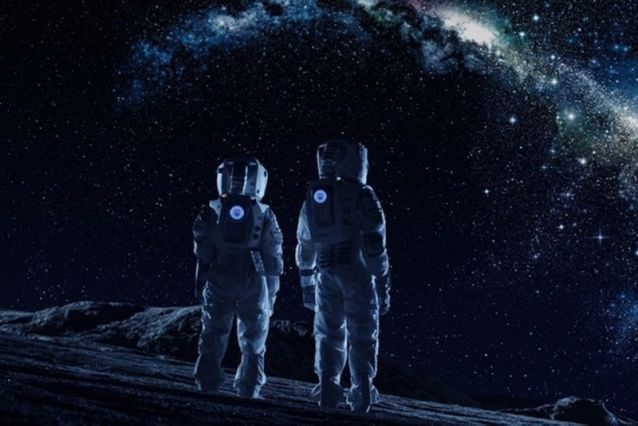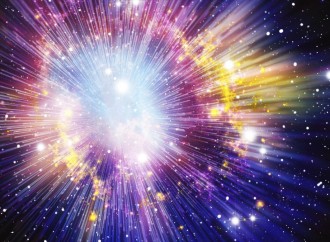NASA is awarding up to $5 million in prizes for technology that will provide power storage and management on the Moon.
Source: BGR
If humans are to one day set up shop on the lunar surface they’re going to need a few things. Supplies like air, water, and food are all essential, but something that isn’t often considered is power. Yes, the Moon is bathed in sunlight from time to time but nights on the Moon aren’t like nights on Earth. They last a lot longer, with one day on the Moon equalling roughly 28 days on Earth.
So, solar power will only take humans so far when it comes to lunar settlements or even long-term missions on Earth’s natural satellite. Power, and possibly lots of it, will be needed for extended Moon stays, and NASA needs your help to figure out how to make it happen.
The space agency is teaming up with HeroX to conduct a new challenge called “Watts on the Moon.” HeroX is a crowdsourcing platform where groups like NASA can hold competitions, and that’s exactly what’s happening in this case. There are millions of dollars on the line if you can figure it out.
“We are again proud to partner with NASA to crowdsource ingenious solutions to interstellar problems,” HeroX CEO Christian Cotichini said in a press release. “This has exciting implications for space exploration, and it could also improve life down here on Earth, in terms of renewable energy use and storage. As the saying goes, ‘shoot for the Moon and you’ll land among the stars.’ Our talented team of problem solvers will be doing just that.”
Okay so what exactly do you have to come up with? Well, it’s a multi-phase challenge and the first step is designing something that will help NASA maintain power for astronauts on the Moon. As the challenge guidelines explain, this can be related to “energy management, distribution, and storage solutions,” so your options are pretty wide open.
Of course, there are many things to consider when designing hardware for the Moon. For starters, it gets incredibly cold there during the long nights, so technology that works well on Earth may not be plug-and-play on the Moon. Furthermore, the hardware has to be compact enough that it can be sent to the Moon in the first place, and every ounce of weight counts.
As for prizes, coming out on top will net you a cool $100,000, and up to three teams will be chosen for that prize. Runner-up teams will be awarded up to $50,000 each. For phase 2, the prizes may total up to $4.5 million, but that is entirely dependent on NASA receiving enough quality entries to justify a second phase.
Source: BGR

































Leave a Comment
You must be logged in to post a comment.